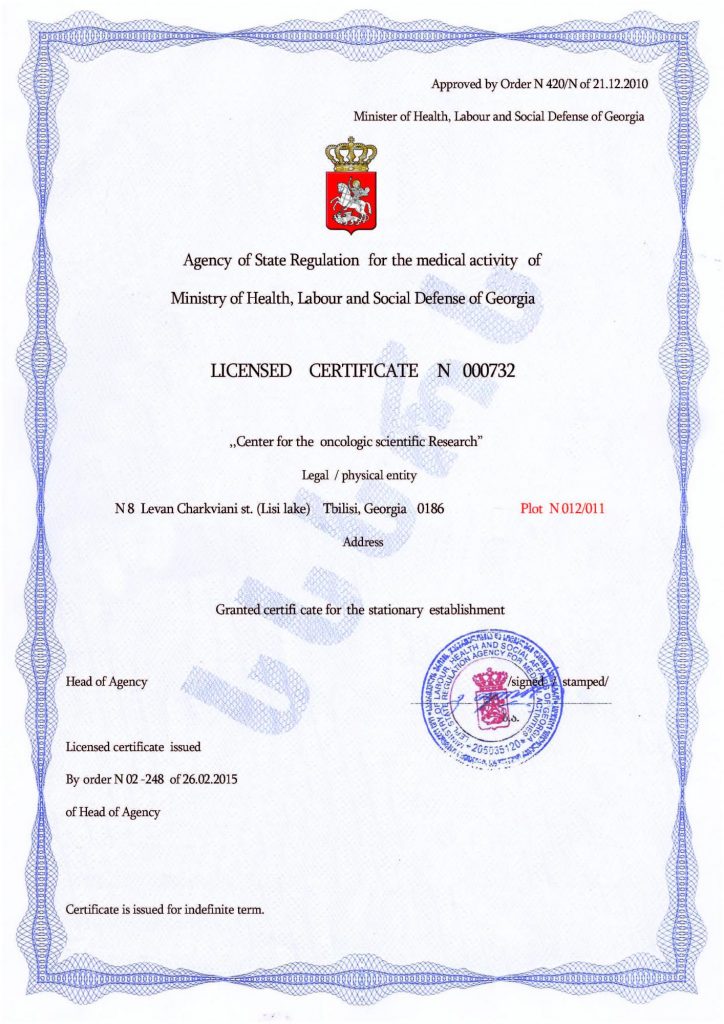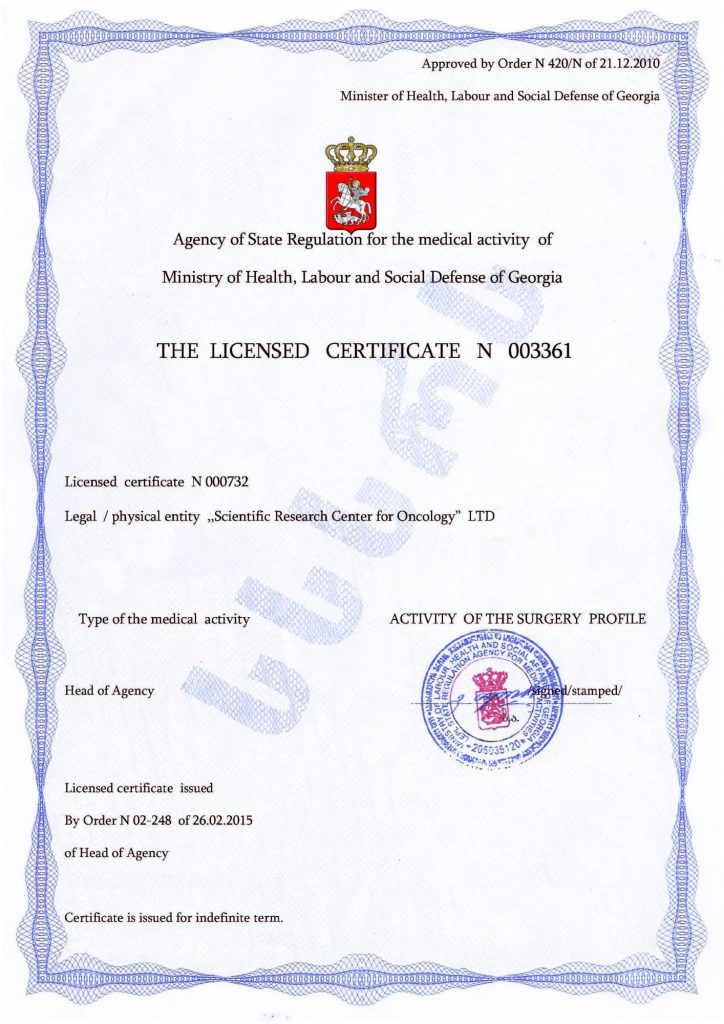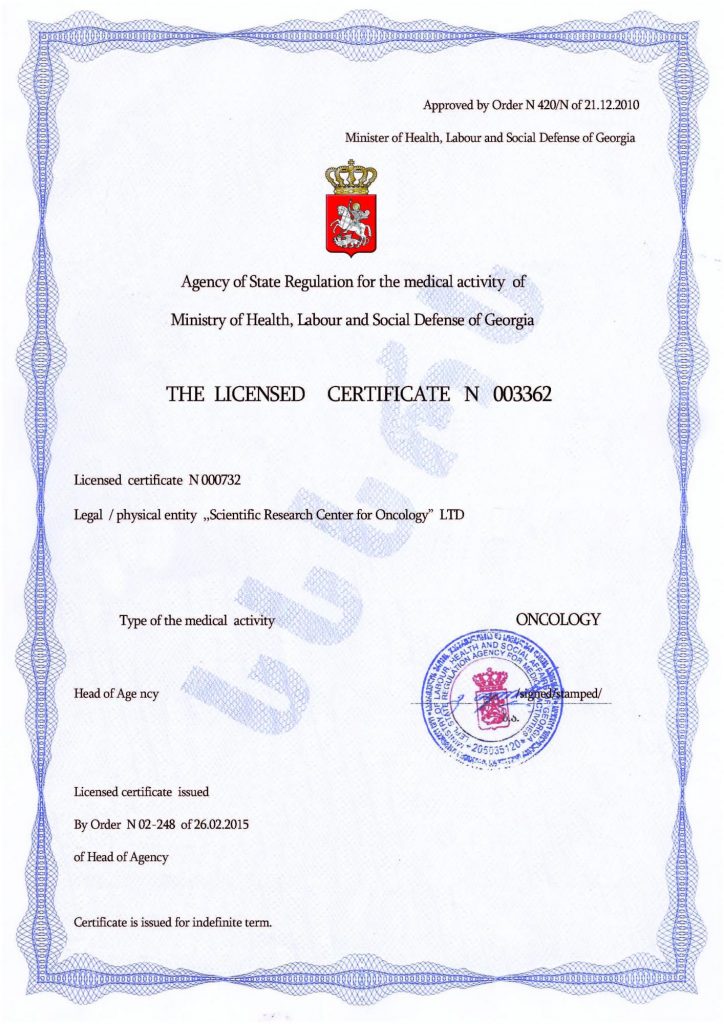Rett Syndrome
Rett syndrome is a rare disorder of the nervous system. It is considered a type of ASD and a severe stage of autism. It most often occurs in girls. At first, patients develop like other children, but the first signs of Rett syndrome appear at the age of 4-6 months. A majority of doctors say that this type of autism is the most severe because children with this condition have serious motor dysfunctions and extreme mental impairment.
There are four stages of progression in the development of Rett syndrome:
- Stagnation.
This initial stage manifests itself between the ages of 6 months and one year. A doctor notes a slowdown in the growth of the head and limbs, as well as weakening of muscle tone.
- Regression of mental and motor development
At the second stage, it is easier to observe that a child has Rett syndrome by obvious signs of the disease that appear at 1-2 years of age. The disease manifests itself suddenly — a baby loses all acquired skills in just a couple of weeks. A toddler stops talking and walking and can no longer maintain balance. Respiratory dysfunctions also appear: a patient may stop breathing for a while, then start again at an intense rhythm as if gasping for air.
A child often suffers from panic attacks and restlessness, does not sleep normally and cries more frequently. Some patients are also diagnosed with epileptic seizures. Another telltale sign of the second stage is the appearance of stereotypical movements: biting hands, clenching fists, twitching or squeezing hands, or hitting themselves lightly in the face and chest.
- Pseudo-stable state
The third stage of Rett syndrome in autism is characterised by relative cessation of the progression of the disease between 2 and 10 years of age. Deep mental dysfunctions, nervous tics and seizures occur at this stage. Movements are uncoordinated. A child does not want to play or communicate with relatives, but sleeps well and behaves more calmly.
- Extreme degree of deterioration in motor skills
The worst symptoms of Rett syndrome manifest themselves after 10 years of age, when the muscular skeleton completely atrophies. The child remains motionless, resulting in scoliosis and lack of further growth, but their mental state stabilises and seizures disappear.
How long can severely autistic people live?
The average lifespan of a person without serious illness is 70 years. The life expectancy of autistic people with mild stages of autism is 50-55 years. Patients with severe forms live about 30-40 years. An additional factor reducing life expectancy is suicide caused by depression.
Treatment of Rett syndrome abroad with the best results
A technique that can radically change the progression of the disease is stem cell therapy. Traditional therapeutic measures for autism are aimed at treating symptoms, but cellular treatment can help affected areas of the brain recover, stopping or significantly slowing disease progression. As the brain restores its naturally correct structure, symptoms disappear on their own.
The main provider of stem therapy is the Mardaleishvili Medical Centre — thousands of patients from all over the world have made positive comments about it!
Get effective treatment for childhood autism in Georgia — take the chance to significantly improve the quality and life expectancy of your child!
Autism Treatment Center Videos
Autism treatment with own stem cells
Cord blood association congress
International Quality Crown
Autism Treatment Reviews
Autism treatment with own stem cells
The story of Alessandro (6 years old)
Autism Patient Testimonial - Stem Cell Treatment
Clients Testimonials

Anna – Sasha’s mother Read More

Amirkhon’s father — Tokhir Read More

Dilana’s mother Read More

Irina and Stefan – Ilya’s parents Read More

Kristina – mother of Nelly and Nik Read More












